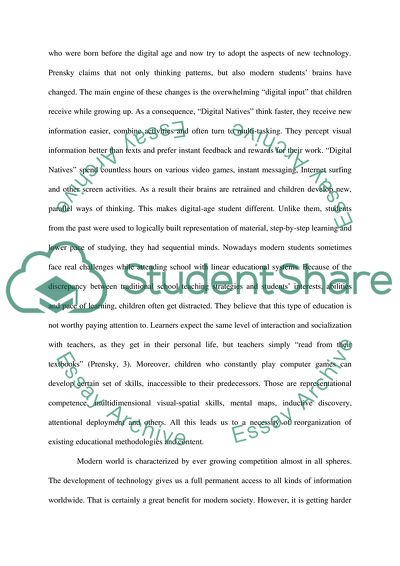Cite this document
(How Should Schools Address the Learning Needs of Digital-Age Students Essay, n.d.)
How Should Schools Address the Learning Needs of Digital-Age Students Essay. Retrieved from https://studentshare.org/education/1881328-how-should-schools-address-the-learning-needs-of-digital-age-students
How Should Schools Address the Learning Needs of Digital-Age Students Essay. Retrieved from https://studentshare.org/education/1881328-how-should-schools-address-the-learning-needs-of-digital-age-students
(How Should Schools Address the Learning Needs of Digital-Age Students Essay)
How Should Schools Address the Learning Needs of Digital-Age Students Essay. https://studentshare.org/education/1881328-how-should-schools-address-the-learning-needs-of-digital-age-students.
How Should Schools Address the Learning Needs of Digital-Age Students Essay. https://studentshare.org/education/1881328-how-should-schools-address-the-learning-needs-of-digital-age-students.
“How Should Schools Address the Learning Needs of Digital-Age Students Essay”. https://studentshare.org/education/1881328-how-should-schools-address-the-learning-needs-of-digital-age-students.


